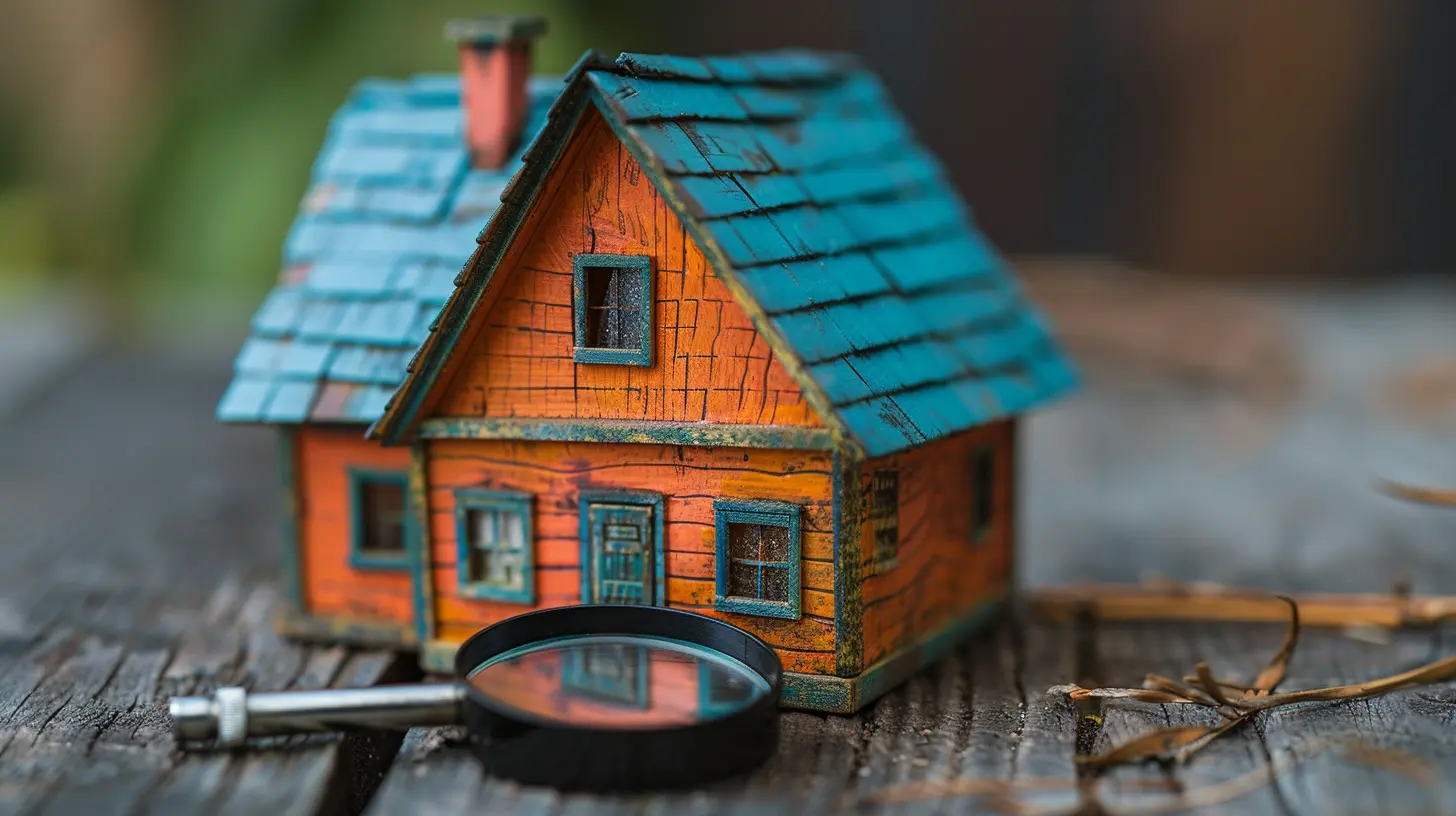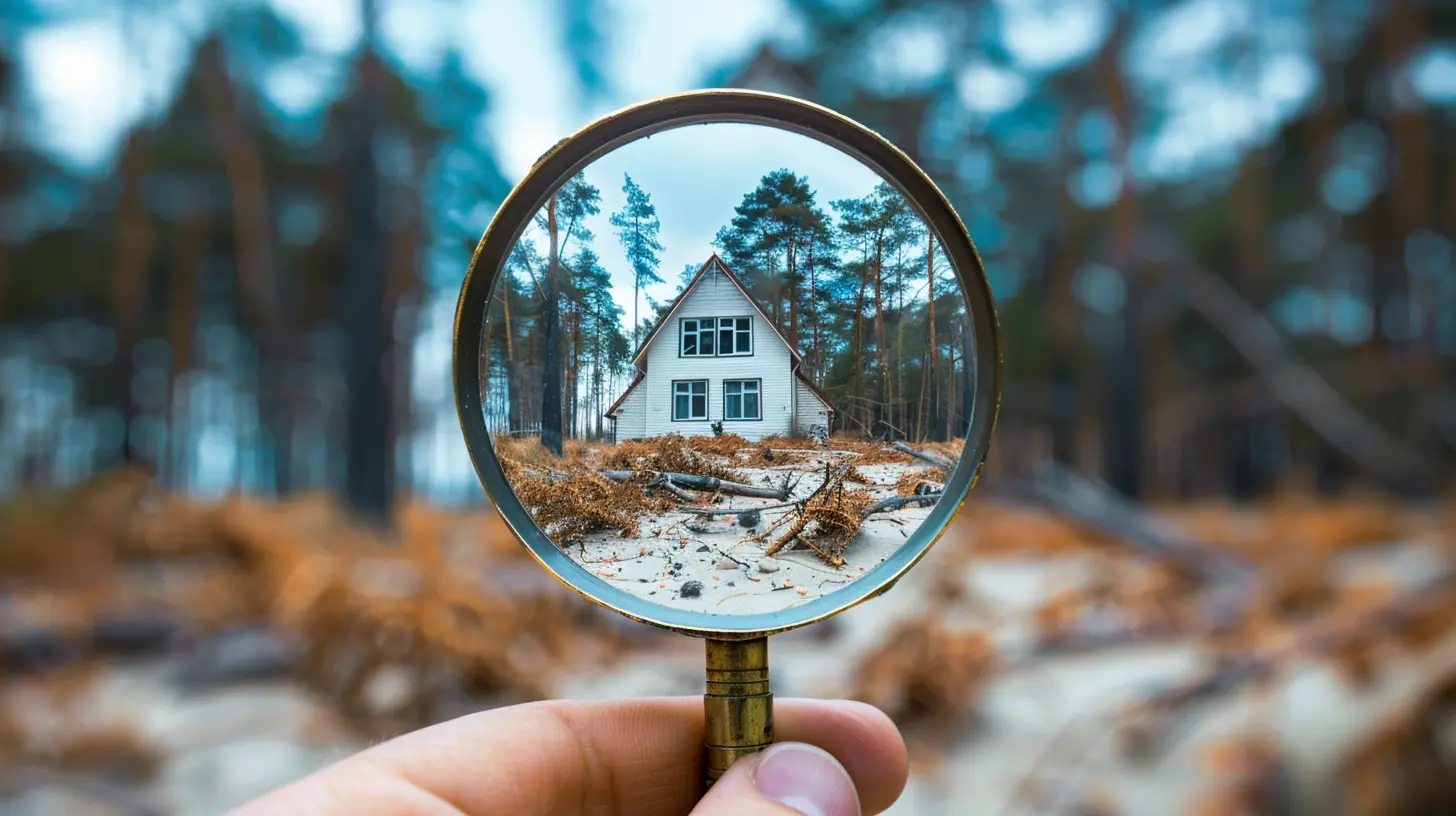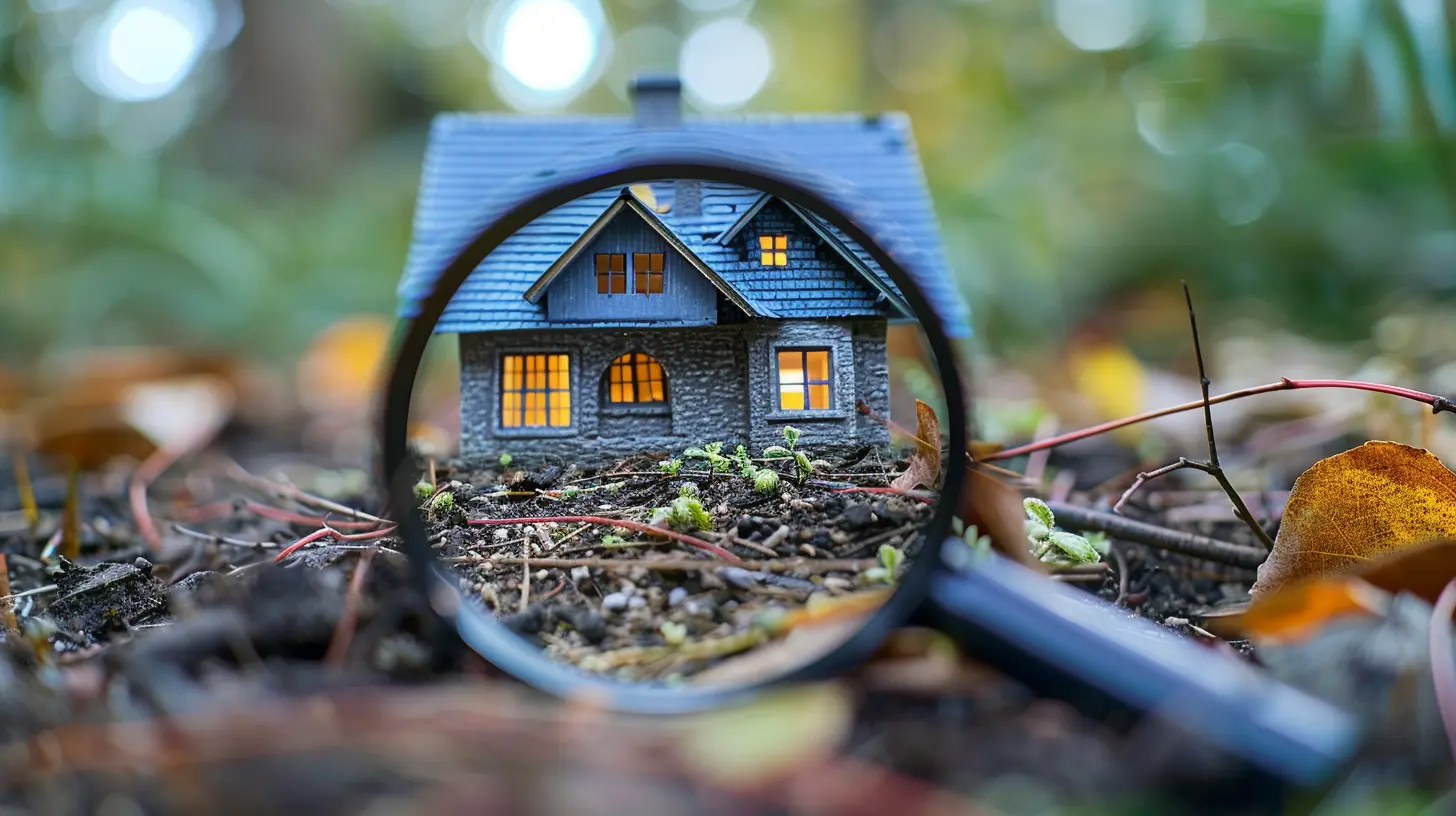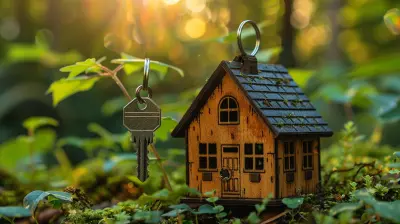How to Inspect a Foreclosed Property Before Buying
15 October 2025
Buying a foreclosed property can be a goldmine or a money pit—it all depends on how well you inspect it. These properties often come at a bargain, but they usually need some TLC. The problem? Many of them are sold “as-is,” meaning you won’t get any guarantees about the condition.
So, how do you avoid buying a house with hidden nightmares? A thorough inspection is your best defense. This guide will walk you through the essential steps to ensure you're making a sound investment. 
Why Foreclosures Can Be Risky
Foreclosed homes are often left in shambles. Many previous owners were going through financial difficulties, which means things like maintenance and repairs weren’t exactly top priority. Some frustrated owners even go as far as damaging the property before leaving.Then, there’s the issue of abandonment. A vacant home can suffer from neglect, vandalism, or even squatters. Plus, banks and lenders that own these homes don’t always know the full history of the property. It’s up to you to uncover any red flags before signing on the dotted line. 
Step-by-Step Guide to Inspecting a Foreclosed Property

1. Check the Property’s Exterior First
Before even stepping inside, take a good look at the outside. The exterior can reveal a lot about the overall condition.What to look for:
- Roof condition – Are there missing shingles? Any sagging spots? Roof repairs can be expensive, so be on high alert.
- Foundation cracks – Large cracks or uneven settling could mean major structural issues.
- Drainage problems – Are the gutters clogged? Does water pool near the foundation? Poor drainage can lead to costly water damage.
- Landscaping issues – Overgrown vegetation and dead trees could mean neglect, but they can also hide deeper problems like pests or foundation issues.
If the exterior looks rough, the inside might be even worse. But don’t give up just yet—move on to the next step.
2. Inspect the Interior for Structural Damage
Once inside, take your time walking through the property. Foreclosed homes often suffer from neglect, vandalism, or even intentional damage by previous owners.Check for:
- Cracks in walls and ceilings – Small hairline cracks might not be a big deal, but large gaps or stair-step cracks in brick walls are a red flag.
- Uneven floors – If the floor slopes or feels bouncy, it could indicate foundation problems.
- Broken windows and doors – These are more than just cosmetic issues; they can invite pests, moisture, or even intruders.
- Signs of mold or water damage – Stains, musty smells, or warped flooring could mean past flooding or leaks.
3. Test the Electrical System
Faulty wiring is a serious hazard, and repairs can be costly.What to check:
- Turn on light switches and outlets to make sure they work.
- Look at the electrical panel—are there any burnt or outdated fuses?
- Is the panel old? Some older panels, like Federal Pacific or Zinsco, are known fire hazards.
If things look questionable, you might need an electrician to evaluate the system before moving forward.
4. Examine the Plumbing System
Plumbing repairs can quickly drain your budget. A neglected foreclosed home could have leaks, broken pipes, or even major sewer issues.Here’s what to look for:
- Water stains on walls or ceilings – Could indicate a leaky pipe.
- Turn on faucets – Check for water pressure and see if the water runs brown or rusty.
- Flush toilets – Do they work properly, or do they struggle to flush?
- Look under sinks – Are there puddles or signs of leaks?
If the home has been sitting vacant for a while, the pipes might have frozen or deteriorated. A professional plumbing inspection is a good idea if anything seems off.
5. Check the HVAC System
A broken heating or cooling system can be a budget buster. HVAC units in foreclosed homes often haven't been maintained properly.Steps to inspect:
- Turn on the heat and air conditioning—do they work?
- Check air filters—are they clogged with dust?
- Listen for strange noises—loud rattling or banging could mean major repairs are needed.
- See if there are rust or leaks around the unit.
If replacements are needed, you could be looking at thousands of dollars in costs.
6. Look for Signs of Pests or Infestations
A vacant home is the perfect playground for unwanted guests—rodents, termites, and other pests can cause serious damage.Signs to watch for:
- Droppings or nests – Check corners, under sinks, and in cabinets.
- Chewed wires or holes in the walls – Especially near the attic or basement.
- Termite damage – Look for wood that crumbles easily or has tiny holes.
If you notice any of these warning signs, you may need a pest control expert to assess the situation.
7. Verify If Appliances Are Working
If the home comes with appliances, don’t assume they’re in working order.Test out:
- The stove and oven – Do they turn on and heat properly?
- Refrigerator – If it's included, make sure it runs and keeps things cold.
- Dishwasher, washer, and dryer – Turn them on and listen for any odd noises.
Replacing appliances can be costly, so factor that into your budget.
8. Check for Code Violations or Unpaid Liens
Banks sell foreclosures as-is, and some homes come with baggage—like unpaid liens or past code violations.What to do:
- Visit the local assessor’s office to check for unpaid property taxes or liens.
- Ask the local building department if the property has any outstanding violations.
You don’t want to inherit legal troubles along with the house!
9. Hire a Professional Home Inspector
Even if you feel confident in your DIY assessment, a professional home inspector can catch things you might miss.Why it’s worth it:
- They have specialized equipment (like moisture meters) to detect hidden issues.
- They provide a detailed report that can help you negotiate repairs or a lower price.
- They can estimate how much repairs might cost.
For a few hundred bucks, an inspection could save you from making a costly mistake. 
Final Thoughts
Buying a foreclosed property can be an amazing opportunity, but only if you know what you're getting into. Without a proper inspection, you could end up with a home that needs more repairs than you can afford.Take your time evaluating the property—check the structure, systems, and legal records. If anything looks questionable, bring in a pro. A little effort upfront can save you from a serious headache (and a financial nightmare) down the road.
Are you ready to tackle a foreclosure, or does it seem like too much of a gamble? Either way, knowing how to inspect a property gives you the upper hand in making a smart investment.
all images in this post were generated using AI tools
Category:
ForeclosuresAuthor:

Travis Lozano
Discussion
rate this article
1 comments
Selina McMurtry
Thank you for sharing these insightful tips! Inspecting a foreclosed property can be daunting, but your advice on key areas to evaluate is invaluable. I appreciate the practical guidance for first-time buyers navigating this process.
October 15, 2025 at 3:34 AM

Travis Lozano
Thank you for your kind words! I'm glad you found the tips helpful for your inspection process. Happy house hunting!


